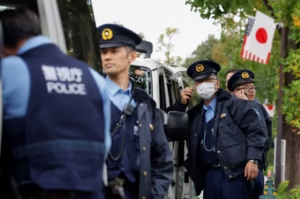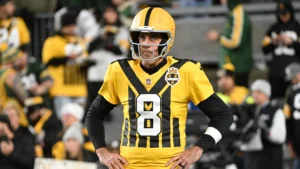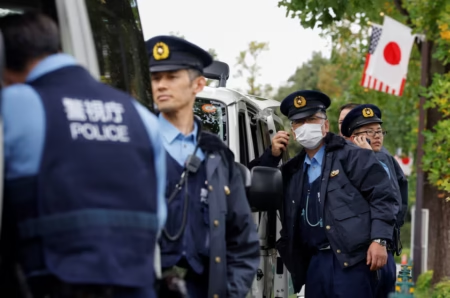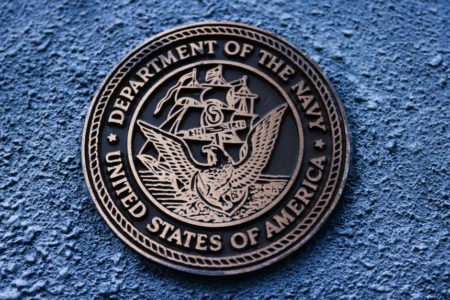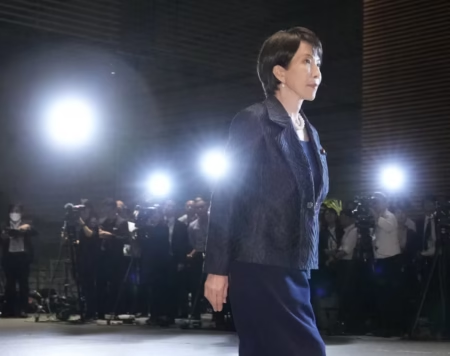Political violence in US has escalated in recent years, with several recent attacks on lawmakers and political figures drawing national concern. In Minnesota, a state legislator and her husband were killed in their home. Just days later, another state lawmaker and his wife were shot in a similar attack. These incidents are the latest examples in a long and troubling list of politically motivated violence across the country.
Over the past two months, tensions have grown even more visible. In Washington, two Israeli embassy staff members were killed. In Colorado, a march calling for the release of Israeli hostages was firebombed. And in Pennsylvania, the governor’s official residence was attacked with firebombs during a Jewish holiday, while he and his family were inside.
Earlier high-profile incidents also continue to echo. A health care executive was killed in New York late last year. Former President Donald Trump survived an assassination attempt while campaigning in Pennsylvania. In 2022, the husband of former House Speaker Nancy Pelosi was attacked in his home. Back in 2017, a gunman opened fire during a Republican softball practice, seriously injuring several people.
Experts say a dangerous shift in tone and behavior has taken place. Political scientist Matt Dallek warns that traditional norms meant to discourage violence seem to have broken down. He believes the cultural climate sends strong signals that violence is more acceptable than in the past.
Large-scale attacks have also shown how political ideologies can inspire mass violence. In 2018, a gunman killed 11 worshippers at a synagogue in Pittsburgh. In 2019, 23 people were killed in a heavily Latino Walmart in El Paso. In 2022, another gunman killed 10 Black shoppers at a grocery store in Buffalo. All three attackers were influenced by racist conspiracy theories claiming that Jews were trying to replace white people with people of color.
According to the Anti-Defamation League, from 2022 to 2024, all 61 political killings in the US were linked to right-wing extremists. That changed in early 2025 when a man in New Orleans killed 14 people by driving a truck through a crowded area while waving an Islamic State flag. The suspect was later killed by police.
Jacob Ware, a terrorism researcher, says violence is no longer tied to one single group. Attacks seem more frequent, more chaotic, and less predictable. He notes that the Trump administration has made significant changes to law enforcement priorities. For example, it closed units that focused on white supremacist threats and instead focused on detaining undocumented immigrants.
Critics argue that Trump’s approach has made it harder to fight domestic extremism. One of his early acts in office was to pardon individuals involved in the January 6 Capitol riot. That riot was a major act of political violence, aimed at stopping Congress from certifying the 2020 election results. Matt Dallek believes these pardons encouraged further violence by signaling that certain extremists would not be punished.
In many cases, the attackers’ ideologies are hard to define. One man set off a bomb outside a fertility clinic in Palm Springs while sharing anti-human writings. Another attacker in Minnesota, 57-year-old Vance Boelter, had a target list that included Democratic officials and abortion rights groups. Though his political beliefs remain unclear, some online figures claimed he must be liberal due to past government appointments and possession of anti-Trump flyers.
The public debate quickly turns partisan. After the 2022 attack on Paul Pelosi, conspiracy theories claimed the attacker was a secret partner rather than a far-right extremist. These theories, shared by right-wing figures, clashed with the official version from law enforcement.
Former Speaker Nancy Pelosi reminded the public that the reactions to violence can also normalize it. Trump, despite mocking the Pelosis in 2022, joined in condemning the Minnesota attack as “horrific violence.” However, he continues to use aggressive language against his political enemies and has even suggested violence might be needed to stop protests.
In the past week, Trump ordered military forces to respond to protests in Los Angeles, describing the events as a “migrant invasion” and threatening to “HIT” protesters. Dallek concludes that Trump has played a dual role — both suffering from and fueling dangerous political language.
This growing pattern has left many Americans deeply unsettled. They fear that political violence in US is no longer rare, but an alarming trend that may worsen as partisan divisions deepen.

